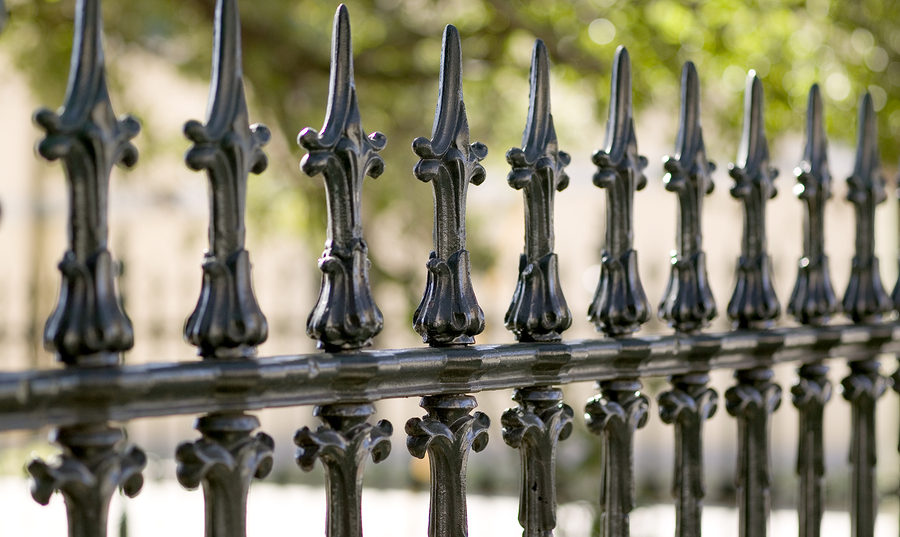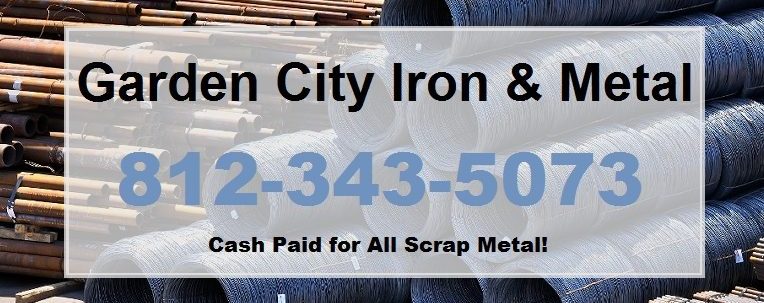When you walk past an old building with a wrought iron gate, do you stop to admire the intrinsic qualities of the metalwork and design? Well, if the building is less than 100 years old, you could actually be admiring mild steel. But that is okay! Mild steel is an excellent alloy that is equivalent in application and performance.
In the metal collection and recycling enterprise, whether private or commercial, it is important to know your materials, especially iron and steel since they are the two most repurposed metal alloys in the world. They retain a dependable economic value and can reap both pecuniary and mechanical applications on a long-term scale.
In fact, let’s start by learning to distinguish wrought iron from mild steel.

Wrought Iron Basics
Wrought iron is a crude alloy that is defined by its carbon content. Specifically, wrought iron is any iron that retains less than 0.8% carbon content. When the carbon content reaches 2.1%, it is cast iron. If it reaches beyond 4% carbon content, no longer cast iron, but something else. The top benefits of wrought iron include its toughness, malleability, ductility, corrosion-resistance, and ease of welding.
However, because of the slag that develops within the alloy during the smelting process, it is below the modern standards for iron. As a result of the fibrous slag inclusions, usually up to 2%, wrought iron gets its unique wood-like grain finish, which is highly south out for artistic value. This slag content helps protect against pitting and oxidizing, which is why wrought iron is still around.
Coupled with its flexibility and ease of forging, it is no surprise wrought iron was used to construct so many gates and similar ornamental structures. It was also commonly used to make weaponry and tools since the ancient times because it was more available than copper and tin, which was used to make bronze.
Mild Steel
Upon Englishman Henry Cort’s invention of the puddling process in 1784, widespread large-scale manufacturing of wrought iron was finally possible. By the mid-1800’s, wrought iron was being used to develop structural beams and more. But once the Bessemer process was introduced to society, steel quickly replaced it in virtually all industrial applications.
Steel was cheaper and more durable, making it an easy choice to replace wrought iron. In fact, today, the term, “wrought iron” is a misnomer usually used to describe ornamental structures. There really isn’t any new manufacturing of wrought iron, and only old versions still exist.
✨ Anything you see today that resembles wrought iron is usually mild steel, unless it is more than 100 years old, in which case, it could be genuine wrought iron.
Mild steel, also known as plain-carbon steel and low-carbon steel, is iron with a particular amount of carbon content, usually between 0.05 – 0.30 percent. It has various properties that make it a dependable alloy, such as low cost, high tensile strength, corrosion resistance, ductility, and more.
How to Get Started Recycling Metal for Cash
Call Garden City Iron & Metal at 1-888-586-5322 to sell scrap metal for cash in Central and Southern Indiana. Our Indianapolis scrap metal buyers pay cash on the spot for both ferrous and non-ferrous metals, including cars, car parts, appliances, construction equipment, farming equipment, and more. We divert hundreds of pounds of metal waste each year, which helps to reduce landfills and support the initiative to maintain a healthy balance of trade and resource sustainability in the United States. Our commitment to this meaningful enterprise is just as strong as our commitment to providing outstanding service for our clientele. Be a part of this initiative by selling us your scrap iron, steel, and more!

